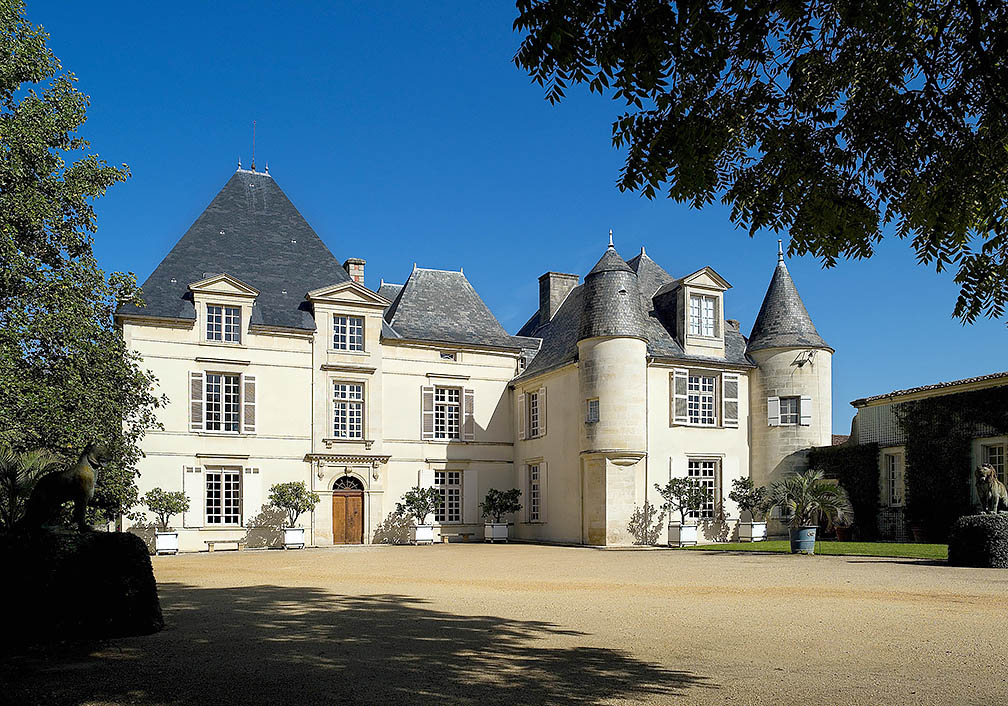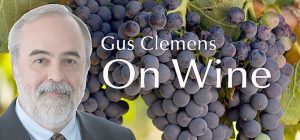When people speak of red wine blends, Bordeaux invariably is in the conversation. Here is a quick primer on the region and its blends.
The Bordeaux wine region is located in southwestern France, centered around the port city of Bordeaux. North of the city, the Dordogne and Garonne rivers join to create the Gironde estuary. With a vineyard area of around 300,000 acres, Bordeaux is the largest wine region in France.
Bordeaux Rouge is almost always a blend of grape varieties, with strict rules covering the grapes. Permitted varieties include:
• Merlot is the most-planted grape in Bordeaux. Merlot delivers generous cherry and plum flavors and soft, polished tannins.
• Cabernet sauvignon is the second-most planted grape. It delivers black cherry and blackcurrant flavors and high tannins.
• Cabernet Franc is the rarest primary variety. Its profile falls between merlot and cabernet sauvignon, which is understandable since it is the parent grape for both of those grapes.
• Malbec is a blending grape. It brings blueberry and chocolate flavors to the party.
• Carménère, now rare in Bordeaux, contributes red fruit and tobacco-like notes.
• Petit verdot brings intense aromas of blueberry and violets and very deep color. Because of its intensity, it cannot be more than 10% of a blend.
• Responding to climate change, Bordeaux recently added four hot-weather varieties to the permitted-grape list: touriga nacional, castet, marselan, and arinarnoa. As with petit verdot, these grapes cannot be more than 10% of a Bordeaux blend.

There are three primary styles of Bordeaux wine.
• Merlot is the lead grape for vineyards on the “right bank” of the Gironde. These are the most popular and most available. Expect a fruity style with smooth tannins. Aromas and flavors include black raspberry, blackcurrant, chocolate, tobacco, plum, lavender, and wet rock. It is common for cabernet franc to join merlot and cabernet sauvignon in a “right bank Bordeaux.”
• Cabernet sauvignon is the lead grape for vineyards on the “left bank” of the Gironde. These are the most sought-after and expensive Bordeaux blends. Black cherry, blueberry, violet, tobacco, and crushed rock are primary characteristics. Left-bank Bordeauxs are tannic and usually require several years of cellaring.
• While not as common, cabernet franc-led blends are on the increase. These blends present the rich, savory notes of cabernet sauvignon and the texture and smooth tannins of merlot.
Last round: What rock group has four famous men that don’t sing? Mount Rushmore. Wine time.

